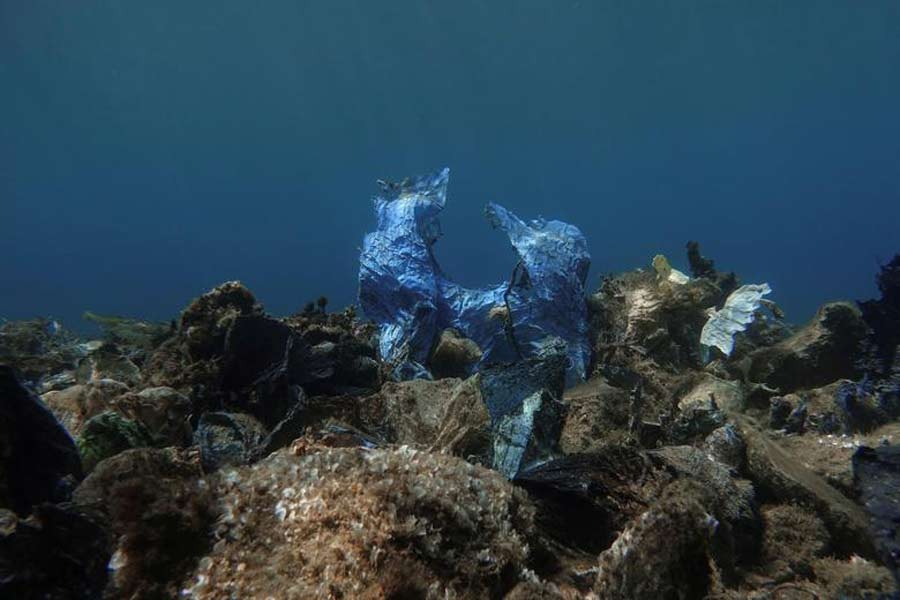An estimated 14.0 million tonnes of harmful microplastics may be present in the bottom of the world’s deep oceans as a result of the pervasive use of plastic, according to a world-first study by an Australian science agency.
The Commonwealth Scientific and Industrial Research Organisation (CSIRO) analysed the deep ocean 380km (236 miles) from the coast of South Australia and found that the amount of very small plastic particles on the seafloor was more than double the amount of plastic pollution on the surface of the sea globally.
“Our research found that the deep ocean is a sink for microplastics,” said Denise Hardesty, CSIRO’s principal research scientist and co-author of the study.
Millions of tonnes of plastic enter the world’s oceans every year and despite efforts to reduce the use of plastics, the volume of plastics in the marine environment is expected to increase further.
“Plastic pollution that ends up in the ocean deteriorates and breaks down, ending up as microplastics,” said Justine Barrett, the lead researcher in the study at CSIRO’s Oceans and Atmosphere division.
Once in the sea, the plastics gradually disintegrate and can be easily ingested by marine organisms. They can also end up in the human food chain.
“Even the deep ocean is susceptible to the plastic pollution problem,” Barrett said. “The results show microplastics are indeed sinking to the ocean floor.”
Barrett credited the study for expanding our understanding of how the presence of plastic particles affects marine ecosystems, wildlife and even human health.
The study is the first global estimate of how much microplastic there is on the seafloor.
ROBOTIC SUBMARINE
Microplastics range in size from 5mm, or the size of a rice grain, down to microscopic size, which makes it easy for them to be ingested by sea creatures.
They include tiny pieces of degraded plastic, and synthetic fibres as well as plastic beads used in cosmetic items and even in toothpaste and laundry powder soap.
The Netherlands was the first to ban plastic microbeads in cosmetics and personal care products in 2014, and the United States followed suit in 2015. But many other countries continue to allow their use.
Microplastics are also the result of larger plastic debris that degrades into smaller and smaller pieces.
The samples used in the study were collected using a robotic submarine at depths of as much as 3,000 metres (9,842 feet).
Based on the deep-sea plastic densities, the researchers estimated the volume of microplastics on the seafloor worldwide.
Denise Hardesty, a co-author of the study, said there was an urgent need to generate effective plastic pollution solutions.
“By identifying where and how much microplastic there is, we get a better picture of the extent of the problem.
“This will help to inform waste management strategies and create behavioural change and opportunities to stop plastic and other rubbish entering our environment,” she said.
Steps of the reduction, if not elimination, of single-use plastics and recycling could be taken in this regard.
“Government, industry and the community need to work together to significantly reduce the amount of litter we see along our beaches and in our oceans.”


